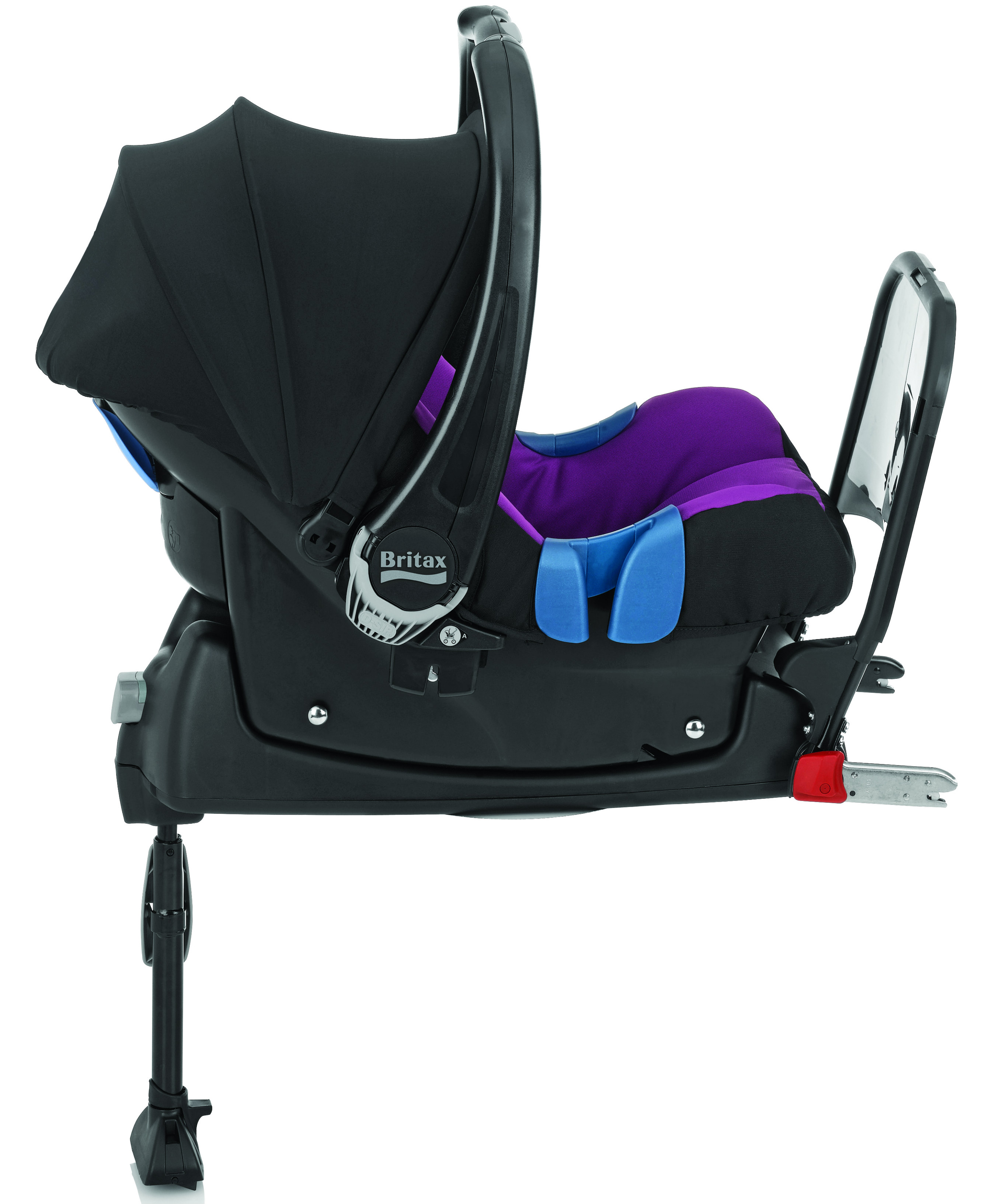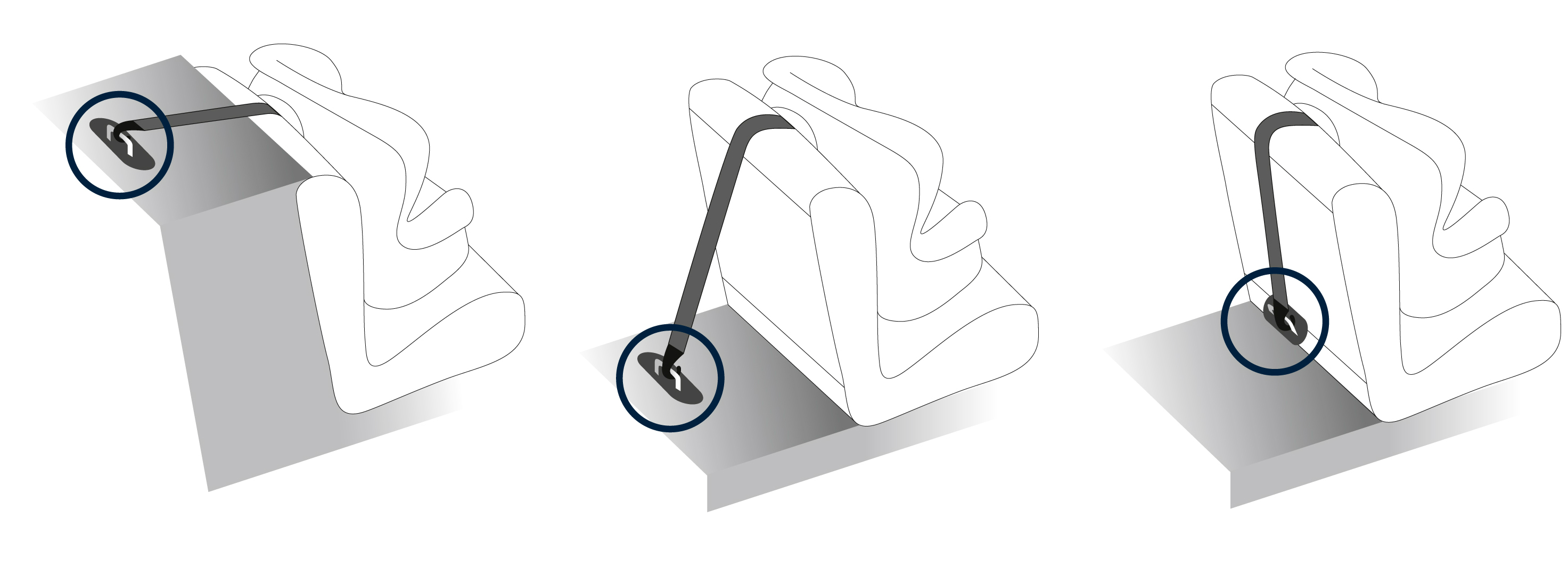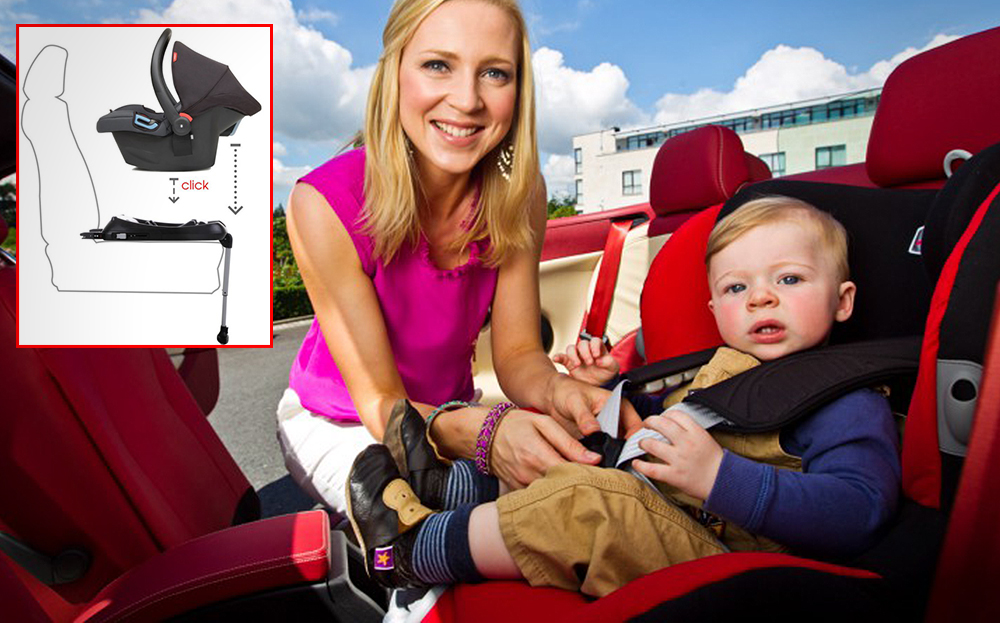What is an ISOFIX child seat, and how important is it?
Doing it for the kids
ROAD SAFETY organisations, engineers and parents all agree: Isofix is the safest way to install a child seat in a car. The mounting system creates a solid connection between the child seat and the vehicle, while allowing quick and easy installation and removal of the seat.
Search for and buy your next car on driving.co.uk
The law now requires British drivers to ensure that children in their car, van or goods vehicle use the appropriate child seat until they are 135cm tall or 12 years old – even if they’re not the driver’s child.
As with many acronyms, you may find yourself stifling a yawn when discussing “International Standards Organisational Fix”. But it isn’t hard to see the benefits of a fitting system that reduces installation error; according to Britax, a manufacturer of child car seats and co-developer of Isofix, only 30% of those fitted using a seatbelt are correctly installed, whereas 96% of child seats fitted using Isofix are correctly set up.
Only 30% of seats fitted using a seatbelt are correctly installed, whereas 96% of child seats fitted using Isofix are correctly set up
That’s not the only reason for parents or, indeed, grandparents, to choose a child seat equipped with Isofix – which is typically more expensive than one fitted using a car’s seatbelt. In the event of an accident, the seat doesn’t move around, which means the child’s seat and harness are better able to reduce the levels of energy acting on the child.
Marie Brasseur of Euro NCAP, the crash safety organisation, says it recommends parents choose the Isofix system when installing child seats. “We award additional points to vehicles that provide important child safety features such as Isofix anchorages that ensure safe transport of children,” says Brasseur.
Check it fits before you buy
When buying an Isofix-equipped child seat, drivers shouldn’t make their final choice until they have checked that it will fit their car. The shape of the back seats (or front passenger seat), position of the car’s Isofix mounting points and the design and operation of the child seat can mean that some seats are a struggle to fit in certain cars, or are simply incompatible.
Reputable high street retailers, such as Mothercare, John Lewis and Halfords, will help customers try child car seats for size, and in case of doubt, the seat or car manufacturer will be able to clarify its suitability with an up-to-date fitting list.
Only 8% of children under four in a rear-facing car seat are injured in accidents, whereas 40% in a forward-facing car seat sustain injuries
Does it meet minimum safety standards?
The standard in this case is European standard ECE R44/03 or R44/04. There should be an orange label stuck to the seat’s frame displaying these standards.
The back seat is best for kids
Although it is permitted to place a child seat on the front passenger seat, rear-facing seats can’t be used unless the airbag has been switched off. If you don’t know how to do this, consult the vehicle handbook. However, the best advice is to keep the kids to the back seat, as accident statistics show that it is the safest place for them.
For children under four, a rear-facing seat is safer
Studies carried out by Volvo and Folksam, a Swedish insurance company, on traffic accidents involving children up to four years old found that only 8% of those in a rear-facing car seat were injured, whereas 40% of children in a forward-facing car seat sustained injuries.
How to fit an Isofix child seat
Busy parents looking for maximum value for money often turn to the internet to buy their child seat, so it isn’t always possible to have the retailer show them how to fit their new child seat into their car.
If this sound familiar, then do the obvious thing and read the instructions before you even think of attempting to fit the seat. Not all seats are installed the same way, and Which?, the consumer body, says that in fitting clinics it has carried out, two-thirds of seats are either the wrong size for the child or incorrectly installed.
In addition to written instructions, it’s likely that the manufacturer will offer a video tutorial on fitting the model of seat in question, so check its website.
Cars makers with any sense design Isofix mounting points to be visible and easily accessible, but there are some that bury the steel mounts out of sight, deep in the crevice where the seat base meets the backrest. Some will have a plastic shroud that needs to be removed before they can be used – prise them out and store them safely in the glovebox.
Extend the Isofix connectors from the base of the child seat. These are often coloured in yellow paint so you can’t miss them, and there will be handles on the side or inside of the seat that you use to extend the connectors.
Place the child seat on the car’s back seat and align the connectors with the Isofix mounts, then push it firmly and the connectors should latch on to the mounts with two clicks. It can be a fiddly process, so double check the indicators, which will turn green when the latches are successfully mounted; if there are no indicators, pull the seat back in each diagonal direction to see if the connectors come free.
Then push the child’s seat as firmly as possible back into the car’s seat, (sometimes it’s helpful to put your knee into the seat as you push it back) and a ratchet mechanism will keep it secure.
Isofix child seats with a support leg

Some seats or mounting bases (typically for children under four) have a leg that helps to stop the seat tipping forward (known as “anti-rotation”) in the event of emergency braking or in an impact.
It’s important to check whether your car has an underfloor storage compartment at the point that the leg meets the floor; if it does, the car maker can sell you an accessory that makes the compartment secure. The leg has to be extended to meet the floor, and there will be a green indicator that will show when it’s at the correct point. Be careful not to overextend it, as this will raise the child seat off the base of the car’s seat.
Isofix child seats using a top tether

A top tether is an alternative to a support leg, and is also designed to stop the child seat tipping excessively. It became mandatory equipment on cars from 2011 and uses restraining belts that are latched to an anchoring point built into the back of the seat or on the parcel shelf, depending on the type of car.
Check the car’s handbook for its location. Remember to unroll the belt before you secure the child seat using the Isofix mounts, and tighten the belt so there is no slack.
Don’t know your bhp from your MPV? Click to take a look at our car jargon buster





